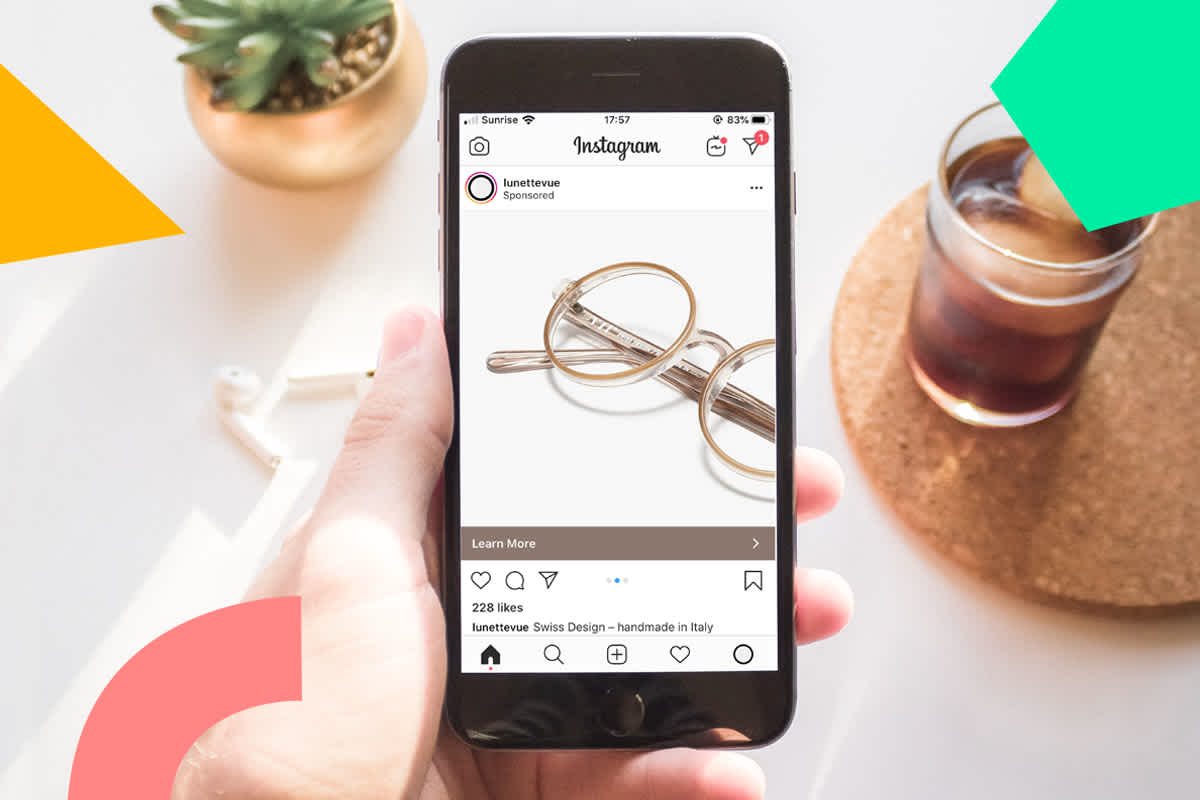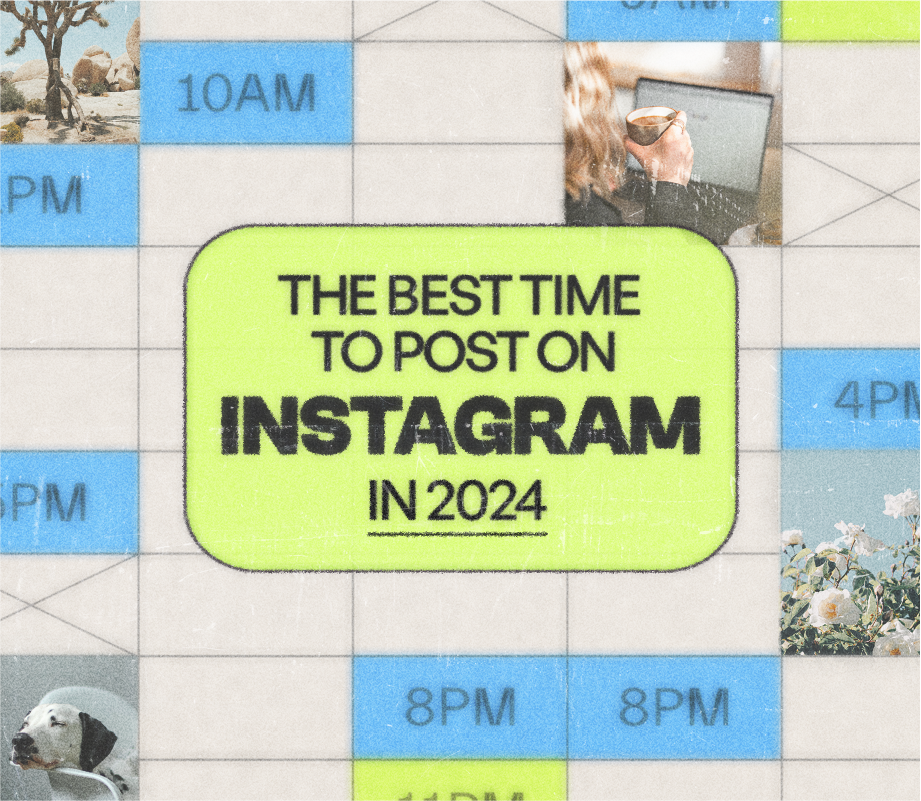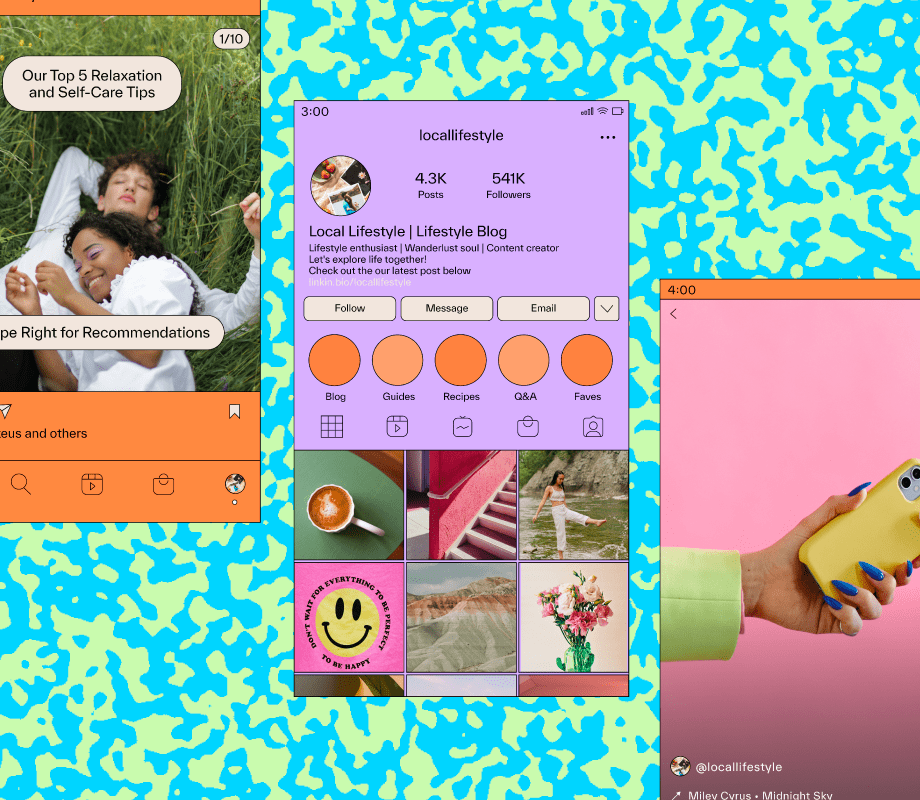Wondering how to get started with Instagram ads for beginners?
Spending money Instagram advertising can be majorly intimidating — especially with a limited budget and little experience.
But it’s so worth it! Whether you’re looking to grow your Instagram account, make sales, or drive more traffic to your website, a creative and well-targeted Instagram ad campaign can drive great results.
We sat down with Jenny McCoy, founder of Brooklyn-based social ad agency Good Help to get her 3 key tips that you can apply to your own ad strategy, no matter the size of your business or budget.

Instagram Ads for Beginners #1: Test Small, Learn Big
A small upfront test campaign is something that McCoy recommends to all of her clients – especially clients who are running their first social campaign.
It’s the best way to establish performance benchmarks and with less than $500 in spend, you can gain a ton of learning that will make your larger budgets work even harder for you.
It’s also a great way to get intel about creative performance, so you’ll know whether your existing assets work or if you need to invest in creating new custom assets for your spend.
Finally, if you’ve never run a social ad campaign before and you’re faced with some skepticism about whether it’s worth the investment, a small test budget is the perfect way to establish proof of concept.
Let’s take a look at a simple test and learn campaign:
First things first, you’ll need to pick a goal, like driving purchases or generating new email leads. For the purposes of a test and learn campaign, McCoy recommends only testing against one goal. She also recommends going out for the most valuable goal or the goal that will have the biggest impact on your business.

Once you have your goal set, you’ll need to figure out your budget.
For upper-to-mid funnel objectives like impressions, video views, or link clicks, McCoy recommends a minimum budget of $100 over a minimum of two to three days.
The reason is that you want to get a high enough number of goal results so that when you dive into your audience, placement, and creative performance, you have enough data to pull actionable insights.
If you’re going after a lower-funnel objective, you should give yourself more budget and more time. The reason for this is lower-funnel objectives like purchases or app downloads are more difficult to achieve — especially if this is your first social ad campaign.
For a purchase-focused campaign, McCoy recommends a budget of at least 3x the cost of the product you’re trying to sell.

To make things as simple as possible, we’re going to focus our test spend on one platform, Instagram. The added bonus of running on Instagram is that you can simultaneously run across Facebook and your spend will optimize to the platform that’s performing best automatically.
Unless you have a channel-specific goal or intel that one platform is more valuable than the other, McCoy recommends that you take advantage of this capability.

Next up are placements. So plug in your creative and see how it looks across all of the placements. Again, your spend will optimize towards what’s doing best, so feel free to test everything and see what works.

Now let’s talk audiences. This is one of the components of social ad campaigns that really sets them apart from ad campaigns on other channels.
There are three types of audiences you can test. McCoy recommends testing at least two of the three so you can get an initial understanding of how your content and your “ask” are being received.
The three types of audiences that exist in social ad campaigns are:
Custom audiences: Email list, site visitors, and people who have engaged with your account.
Lookalike audiences: People who “look” like your owned audiences. They’re built automatically using first-party data from your account.
Interest-based audiences: Created from user data and activity on the site.
So pick at least two of these core audience types and you’ll learn a whole lot!
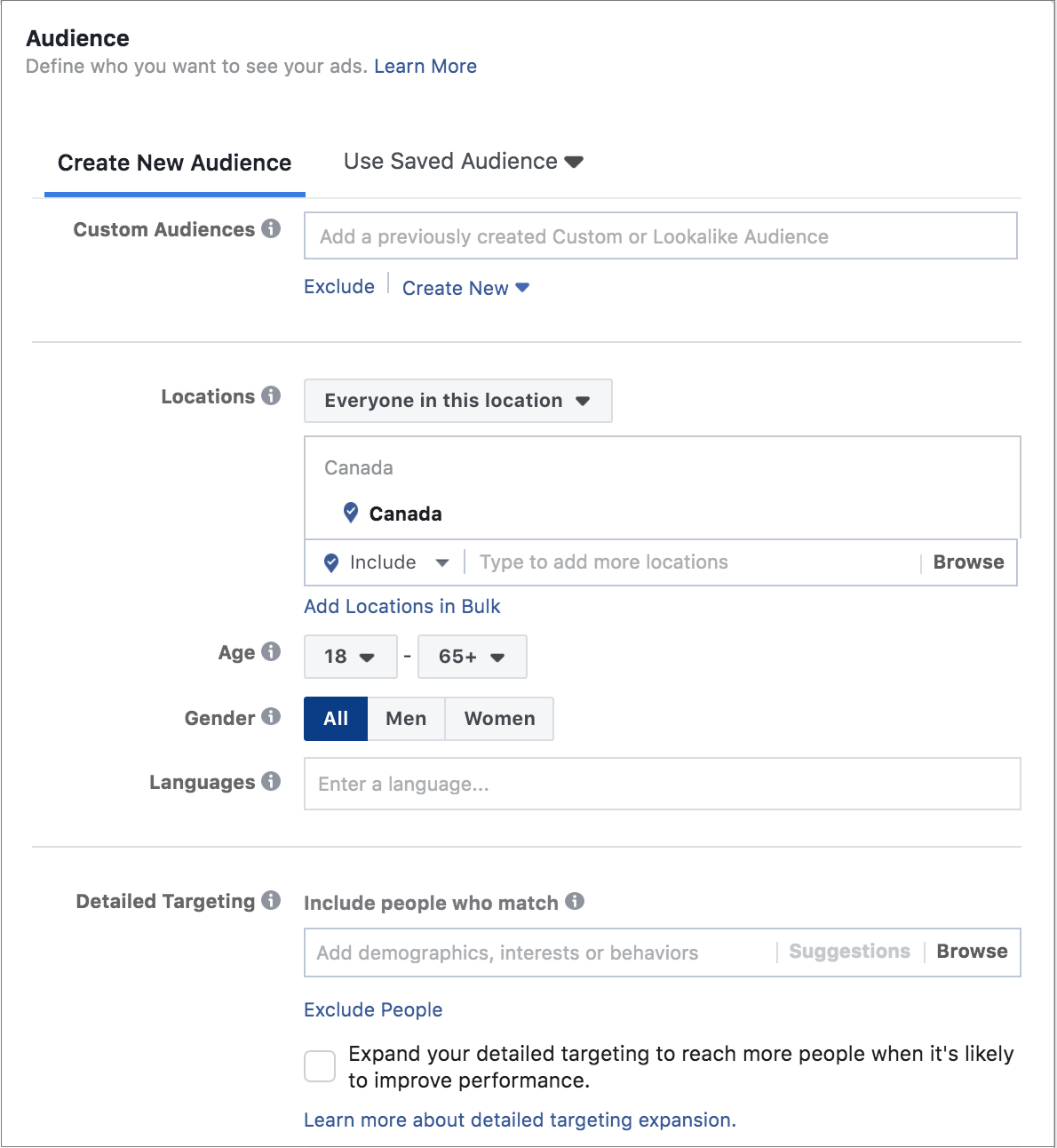
Finally, there’s your creative.
Generally, McCoy recommends testing a minimum of two creative options. If you’re limited in your creative assets you can simply test different copy CTAs. But if possible, testing two different formats is best – like a video against a carousel post or image.
On a limited budget, it’s a good idea to limit how much creative testing you do. Otherwise, you can have such a big spread of variance that it’s tough to make sense of what did and didn’t work.

If you’re still not sure what you can gain from such a small spend, here’s an example of the learnings McCoy got from a $200 ad spend:
In this case, her goal was to increase site traffic and she had no historical benchmark data to compare to. So right away, from running the test, she was able to collect cost-per-click (CPC) and cost-per-mille (CPM) brand benchmarks that she could use to more actually plan a bigger future spend.
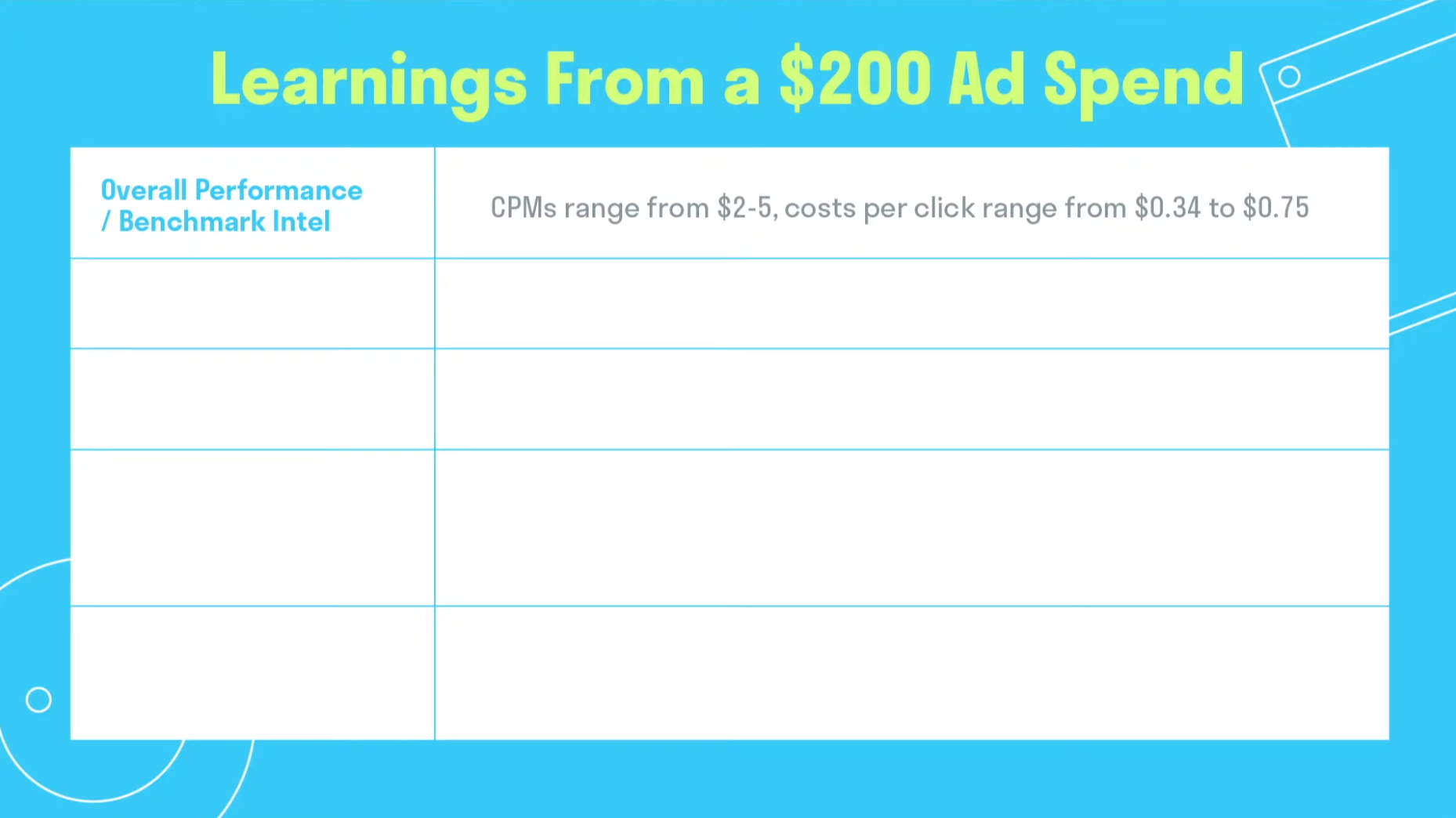
The test campaign ran on both Facebook and Instagram – and Instagram was the clear winner with 95% of the spend going to newsfeed placement on Instagram.

In her audience testing, McCoy didn’t have a clear winner on performance across genders but she did see the 18 to 34 age group drive the majority of goal results. And since she tested three types of audiences, she saw that custom, lookalike, and interest audiences all performed quite well.

Finally, McCoy’s creative testing showed that the carousel format performed much better than the image format, and that “Learn More” was a better CTA than “Get Offer.”

This CTA learning might also mean that the audiences weren’t quite ready to purchase as they seemed to be considering the offer versus really being ready to act on it.
Don’t forget to check out McCoy’s LaterCon video on how to build a successful Instagram advertising strategy for beginners:
Check out all our LaterCon panels and speakers by tuning into the free replay here!
Instagram Ads for Beginners #2: Simple Can Be Profitable
McCoy’s second tip is that a simple campaign can be very profitable.
Maybe you’ve been overwhelmed by the jargon of social advertising or you’ve only seen really complicated media plans for social ad spends. Either way, it’s not always that complicated.
You can simplify things a great deal by focusing on your most valuable goal first. There are absolutely times when a more complicated media plan is necessary – but if you’re just starting out, keep it simple and focus on this one valuable goal.
Here’s a plan that McCoy has written for tons of small businesses and startups. What did they have in common? Purchase was their most valuable business goal, so that’s where she started.

After she assigned the budget for purchase, McCoy used the rest of the budget to fill their funnel. In this case, they used a 60-40 split between the two objectives. This is, of course, not a hard goal. But this ratio is a great starting point.

As you move through the plan, you’ll see that McCoy started with qualified audiences like email subscribers and site visitors in the purchase campaign. And as she tried to build the funnel with site traffic, she used lookalike audiences.
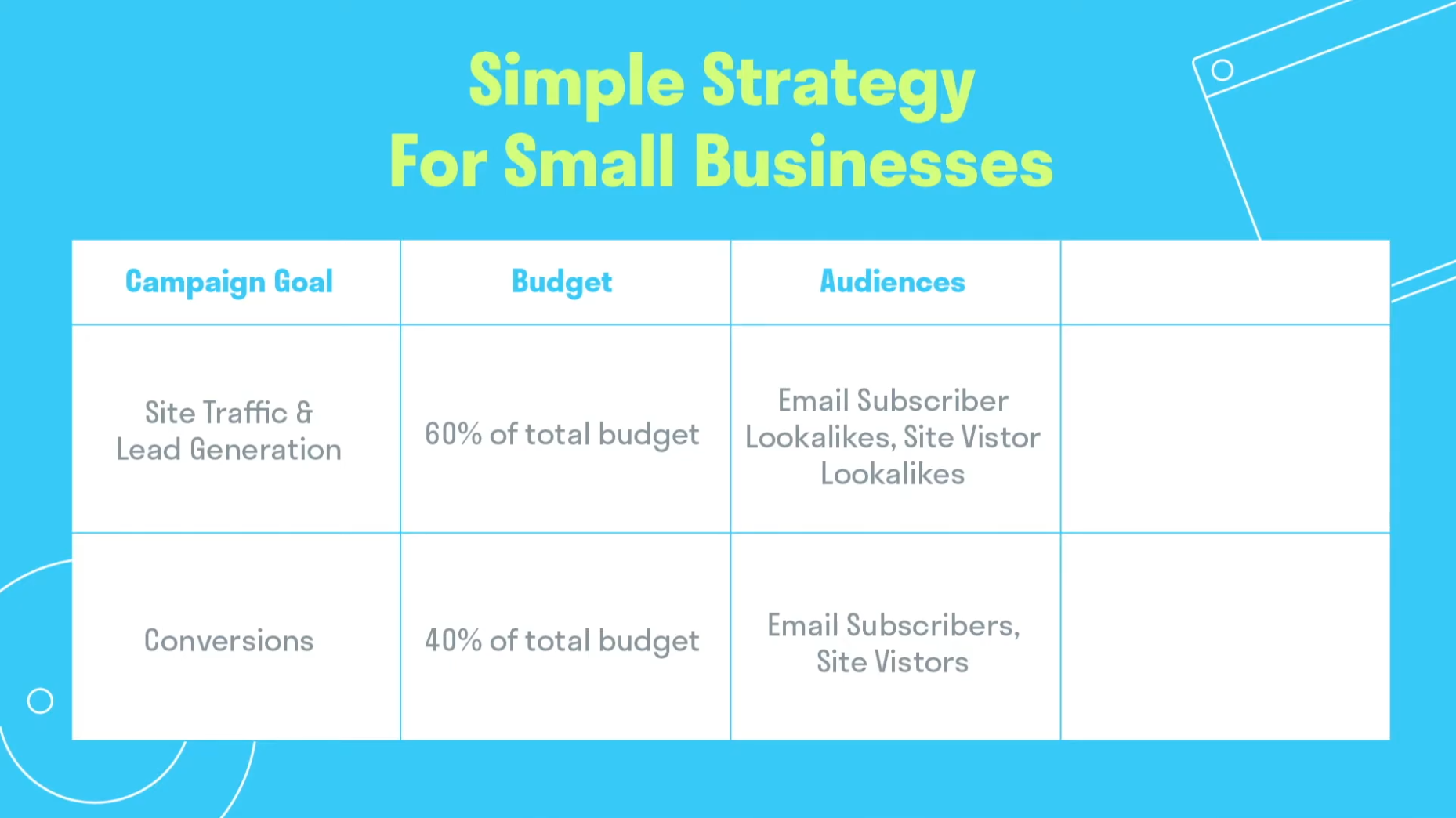
In terms of creative, McCoy tested two options:

This basic plan has been really valuable and a great starting point for clients, McCoy says.
Instagram Ads for Beginners #3: Social Ads Can Make a Full-Funnel Impact
McCoy’s final piece of advice is that social ads can make a full-funnel impact. This lesson is important because a lot of the time, there’s pressure to make social be the hero.
It’s okay if you find through testing that social ads are just not making an impact on your sales. But McCoy still recommends finding out what other impacts they might be making that are valuable and easy to amplify through an ad spend.

Finally, look beyond social-only metrics like likes, follows, and post engagement, and dive into metrics like email leads and site visits to better learn how a social ad spend can improve your business.
And that’s it!
Armed with this information, you should have no problem getting started with Instagram ads for beginners.
So jump right in and start experimenting with different ad formats and styles to see what resonates the most with your audience!
Couldn’t make it to LaterCon this year? Don’t worry, you can still catch all of the action by tuning into our LaterCon replay!
